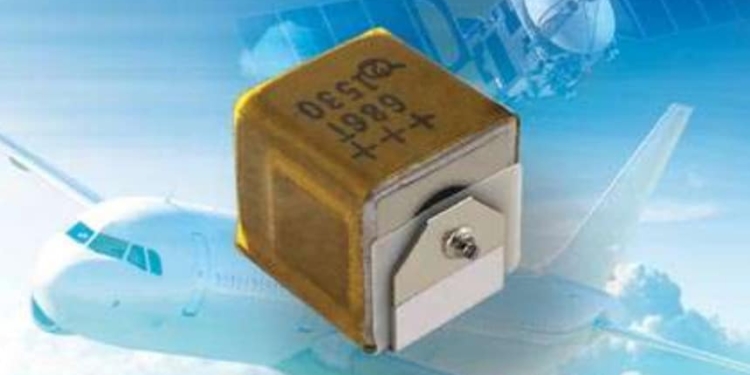source: Vishay news
Vishay Intertechnology introduces a new tantalum-cased wet tantalum capacitor with a glass-to-tantalum hermetic seal that is the industry’s first in the compact 9 mm by 7.1 mm by 7.4 mm C case code. For avionics and aerospace systems, the T22 combines a reverse voltage of 1.5 V at +85 °C with increased thermal shock capability of 300 cycles in a surface-mount package.
- Features a high-reliability design with high vibration and thermal shock capability
- Can replace axial leaded through-hole and less-reliable SMD capacitors
Product Benefits:
- Glass-to-tantalum hermetic seal
- Compact 9 mm by 7.1 mm by 7.4 mm C case code
- Reverse voltage of 1.5 V at +85 °C
- Thermal shock capability of 300 cycles
- High vibration (sine: 50 g; random: 27.8 g) capability
- Voltage ratings from 50 VDC to 125 VDC
- Capacitance from 10 μF to 68 μF
- Capacitance tolerance down to ± 10 %
- Maximum ESR down to 1.50 Ω
- Standard tin/lead (Pb) terminations, with RoHS-compliant 100 % tin terminations available
Market Applications:
- Timing, filtering, energy hold-up, and pulse power applications in power supplies for space and avionics equipment
































